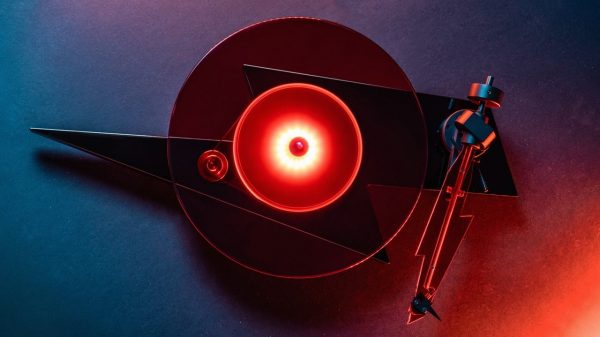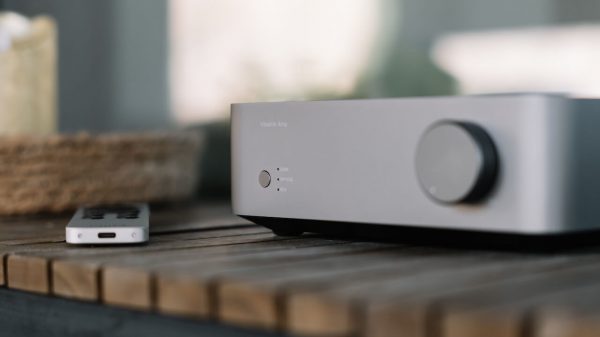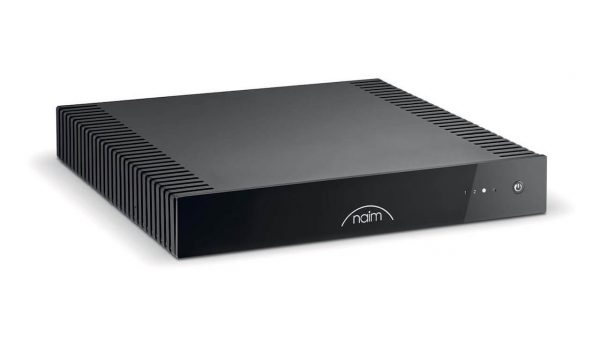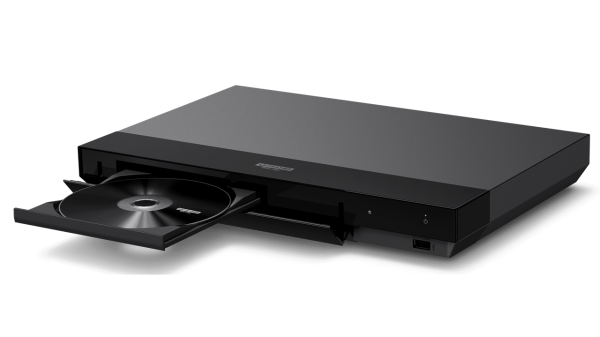KDA’s Revolutionary New Online Qualitative Research System Sheds Light on Teen Wireless Phone Users
ARLINGTON, VA, Aug. 22, 2005 – Wireless phones are more than just convenient communications devices and, for many teens, have become an essential tool for living, according to a study released by the Consumer Electronics Association (CEA) and KDA Research – Youth Wireless Behaviors: An In-Depth Look. The study was conducted using KDA / Revelation, KDA Research’s revolutionary new online qualitative research system that utilizes rich media blogs to immerse researchers in the lives of study participants over the course of days, weeks or months.
Thirty-six youths between the ages of 10 and 19 were invited to record their phone usage and related experiences over the course of 7 days in their own private blogs. Research activities included daily tracking of minutes, online diaries recording how and where phones were used, notes and pictures on how phones were personalized or accessorized and a mandatory day without wireless phone use. Three “cheats” were permitted during the “No Phone Day” and at the end of the day participants were asked to share their feelings and impressions, as well as how their cheats were used.
“This study is an invaluable directional guide for youth wireless phone behaviors,” said Joseph Bates, CEA’s director of research. “Through KDA’s research tool, we were able to find that wireless phones are the center of life for many teens today, providing a sense of security and freedom, as well as entertainment and a social resource. No Phone Day showed us as much, if not more, than the other days in this study, because we found just how important wireless phones are to these youths. The heaviest wireless phone users said they consider their phones to be indispensable. In fact, many expressed they felt lost without their phones during No Phone Day.”
The study found that youth wireless phone users can be categorized as Light, Medium and Heavy. Over the course of the study, light users used their phones one to five times a day and spent from one to 15 minutes a day on wireless phone activities. Medium users used their phones 6-10 times and 16-30 minutes per day. Heavy users came in with 12 or more uses a day with more than 30 minutes on wireless phone activities per day.
The time devoted to wireless activities by youth appears to vary by user and by age group. When taken on average, time devoted to wireless activities among study participants tended to be greater the older the age group. The 16 to 19 year olds appeared to devote more time to wireless activities than the 13-15 year olds, who in turn devoted more time than the 10-12 year olds. Each group had its own Light, Medium and Heavy users.
The study also found that personalization of phones varies by user and gender, with more girls personalizing their phones than boys. Personalizations can be everything from setting the welcome message to stickers and glitter to ring tones on their phones. The main reasons given for these personalizations were to make their phones unique or to reflect their interests and personality.
Commonalities did exist in the study. The majority of phone call and text message duration was short, falling into the one to five minute range. Additionally, voice activity represented the majority of youth wireless phone activity, with text messaging a distant second. In each age group, there were a few participants who carried on text conversations as background activity. These text conversations sometimes lasted up to several hours and consisted of 50 to 70 messages.
The “Youth Wireless Behaviors: An In-Depth Look” was sponsored by CEA Market Research, the most comprehensive source of sales data, forecasts, consumer research, international research and historical trends for the consumer electronics industry. The complete study is available free to CEA member companies. Non-members may purchase the study for $499 at http://www.ce.org/CeaStore/.
About CEA:
The Consumer Electronics Association (CEA) is the preeminent trade association promoting growth in the consumer technology industry through technology policy, events, research, promotion and the fostering of business and strategic relationships. CEA represents more than 2,000 corporate members involved in the design, development, manufacturing, distribution and integration of audio, video, mobile electronics, wireless and landline communications, information technology, home networking, multimedia and accessory products, as well as related services that are sold through consumer channels. Combined, CEA’s members account for more than $121 billion in annual sales. CEA’s resources are available online at http://www.CE.org, the definitive source for information about the consumer electronics industry.
CEA also sponsors and manages the International CES – Defining Tomorrow’s Technology. All profits from CES are reinvested into industry services, including technical training and education, industry promotion, engineering standards development, market research and legislative advocacy.
About KDA Research:
KDA Research is a San Francisco based market research firm specializing in helping companies understand their customers’ experiences through innovative in-depth qualitative research techniques. KDA’s techniques include ethnography, product usability testing and online in-depth research through its revolutionary research system KDA / Revelation. Since 1997, research conducted by KDA has enabled companies such as Starbucks, Kodak Imaging Network, Netgear and Clorox develop successful products, services and messaging. For more information on KDA Research, please visit http://www.kdaresearch.com.























